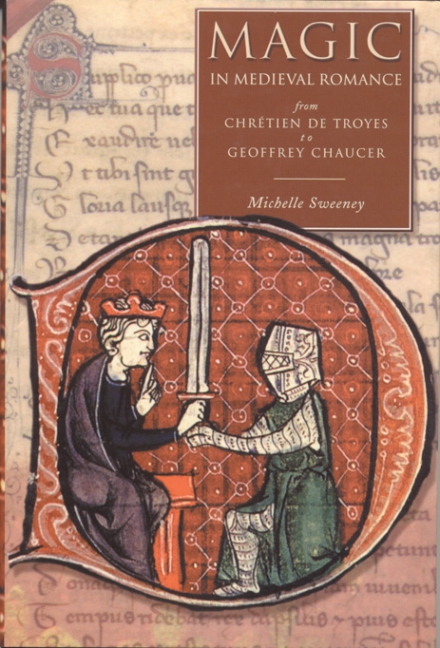Magic in medieval romance
A study of selected romances from Chrétien de Troyes to Geoffrey Chaucer
Michelle Sweeney
This book examines the roles of magic in medieval romance. Magic’s crucial function in the romances may be established by studying the diverse works of Chrétien de Troyes, the Lais of Marie de France, the romances of Sir Tristrem, Syr Launfal, Ywain & Gawain and Chaucer’s The Franklin’s Tale.
Romance authors used magical trials to explore a character’ moral status and position on issues important to the community, such as when to maintain loyalty to a king or to a lover. Romance authors were able to encourage the exploration of human motivation by using magic to create, or expose a character’ morally ambiguous situation. This technique enabled a broader discussion of social issues than would have been allowed in situations constrained by the boundaries of Christian dogmatism.
In order to understand the function of magic in medieval romance, it is necessary to appreciate its function in the medieval world. Magic is coupled to some of the most important works of the medieval age, such as the theological texts of Augustine and Aquinas, the histories of Geoffrey of Monmouth and Wace, as well playing a significant role in medicine and the nascent studies of science.
Romance writers capitalised upon the associations between magic and these fields of study to create a more serious framework for their texts. The romances could then operate beyond the level of simple entertainment and provide the interested audience with social commentary, moral analysis and material for thought on a wide variety of issues.
Michelle Sweeney lectures in medieval English at Dominican University, Illinois.
